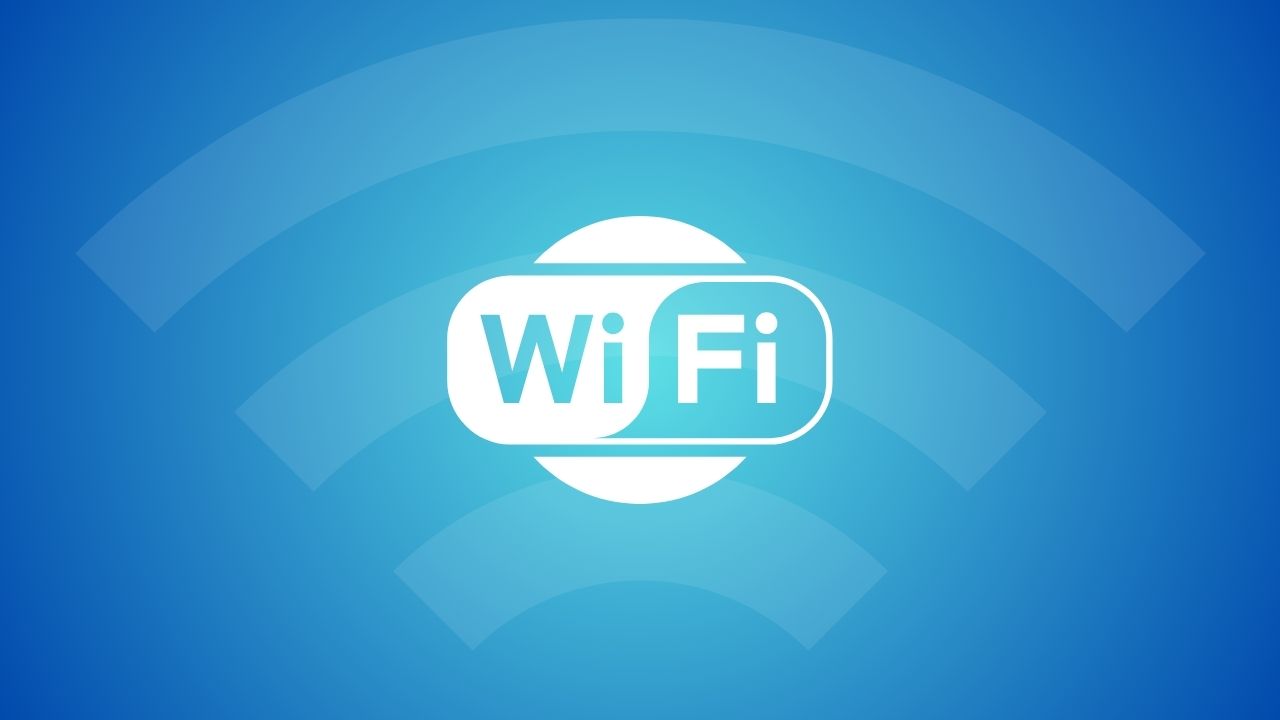In a world where internet access has become as essential as air and water, the idea of trees powering Wi-Fi sounds like a dream come true. Imagine a park where each tree not only provides shade but also acts as a Wi-Fi hotspot, seamlessly connecting people to the digital world while blending technology with nature. This fascinating concept, though seemingly futuristic, is rooted in scientific advancements and innovative thinking that could redefine how we approach connectivity and sustainability.
In this article, we’ll delve into the science behind tree-powered Wi-Fi, explore its potential benefits, examine real-world innovations, and discuss the challenges we need to overcome to turn this idea into a reality.
What Is Tree-Powered Wi-Fi?
Tree-powered Wi-Fi refers to the innovative concept of using trees as natural Wi-Fi hotspots by harnessing their bioelectric energy. While this idea may sound like science fiction, it’s grounded in real scientific principles such as bioelectricity and biophotovoltaics.
The process involves capturing the energy generated by trees and soil microbes through their natural biological processes. For example, electrodes placed near a tree’s roots can collect electrons released during interactions between microorganisms and organic matter. These electrons can then be converted into usable electricity, powering small devices or even Wi-Fi transmitters.
While the energy output from trees is currently minimal, advancements in technology are opening doors to applications that were once unimaginable.
The Science Behind Trees Generating Energy
Trees generate energy through processes such as photosynthesis and bioelectricity. Let’s break it down:
- Photosynthesis:
During photosynthesis, trees convert sunlight into chemical energy. While this energy is primarily used for growth, some of it can be harnessed through innovative methods like plant nanobionics. - Bioelectricity:
Bioelectric energy is generated when microorganisms in the soil interact with organic matter, releasing electrons. By placing electrodes near a tree’s roots, these electrons can be captured and used as a power source. - Moisture and Conductivity:
Trees naturally contain water and ions, which can act as conductive elements. This conductivity can be leveraged to transfer bioelectric energy efficiently.
Researchers have already experimented with these concepts, and while the technology is still in its infancy, the potential applications are immense.
Potential Benefits of Tree-Powered Wi-Fi
The idea of tree-powered Wi-Fi is exciting not just for its technological novelty but also for its potential to address real-world problems. Here are some of the key benefits:
1. Sustainability:
Trees are a renewable resource, making this concept an environmentally friendly alternative to conventional energy sources. It aligns with global efforts to reduce carbon emissions and combat climate change.
2. Remote Connectivity:
Tree-powered Wi-Fi could provide internet access in rural or forested areas where traditional infrastructure is challenging to implement. This could bridge the digital divide and bring connectivity to underserved communities.
3. Dual-Purpose Green Spaces:
Parks and urban green spaces could serve as both recreational areas and hubs for internet connectivity, enhancing their functionality.
4. Environmental Monitoring:
Trees equipped with sensors and Wi-Fi capabilities could be used for environmental monitoring. For example, they could track air quality, temperature, or soil conditions in real time.
5. Reduced Energy Demand:
By generating power locally, tree-powered Wi-Fi systems could reduce the strain on traditional power grids, contributing to energy efficiency.
Real-World Examples and Innovations
While the idea of tree-powered Wi-Fi may sound futuristic, several real-world projects and innovations are laying the groundwork for this concept:
- Plant-e: This Netherlands-based company has developed technology to generate electricity from living plants. Their projects include lighting LED streetlights using plant-generated energy and powering Wi-Fi in remote areas.
- MIT’s Plant Nanobionics: Researchers at MIT have experimented with embedding nanoparticles in plants to enhance their natural energy output. This technology could one day enable plants to power small devices or sensors.
- Smart Forests: The concept of smart forests involves integrating technology into natural ecosystems to monitor and manage environmental conditions. Tree-powered Wi-Fi could play a vital role in this vision.
These examples demonstrate that the idea of integrating nature with technology is not only possible but already underway in some form.
Challenges and Limitations
Despite its potential, the concept of tree-powered Wi-Fi faces several challenges that must be addressed:
1. Energy Output:
The amount of electricity generated by trees is currently minimal and insufficient to power large-scale Wi-Fi networks. Advancements in bioenergy technology are needed to increase efficiency.
2. Technology Integration:
Modifying trees to generate and transmit energy raises ethical and technical questions. Striking a balance between preserving natural ecosystems and introducing technology is crucial.
3. Scalability and Cost:
Developing and deploying tree-powered Wi-Fi systems on a large scale could be expensive. Funding and investment in research are essential to overcome this barrier.
4. Ecosystem Impacts:
Introducing artificial components into natural habitats could have unintended consequences on ecosystems. Thorough studies are needed to ensure that these interventions do not harm the environment.
A Vision for the Future: What Could This Look Like?
Imagine a world where urban parks are dotted with trees that not only clean the air but also provide seamless internet access. In rural areas, forests could serve as hubs for connectivity, empowering communities with access to education, healthcare, and economic opportunities.
Smart cities could integrate tree-powered Wi-Fi into their infrastructure, creating eco-friendly networks that reduce energy consumption and promote sustainability. Trees equipped with sensors and Wi-Fi capabilities could also contribute to climate monitoring and disaster management.
While this vision may seem ambitious, it represents a future where technology and nature work together to solve global challenges.
Conclusion
The idea of tree-powered Wi-Fi is a testament to the incredible possibilities that arise when science and innovation intersect. By harnessing the natural energy of trees, we could create a more sustainable and connected world.
However, achieving this vision requires overcoming significant challenges, from improving energy output to ensuring environmental compatibility. With continued research and investment, tree-powered Wi-Fi could become a reality, transforming the way we think about connectivity and sustainability.
Call to Action:
What do you think about the concept of tree-powered Wi-Fi? Could this be the future of eco-friendly connectivity? Share your thoughts in the comments below, and don’t forget to follow us for more insights into innovative technologies shaping our world.



